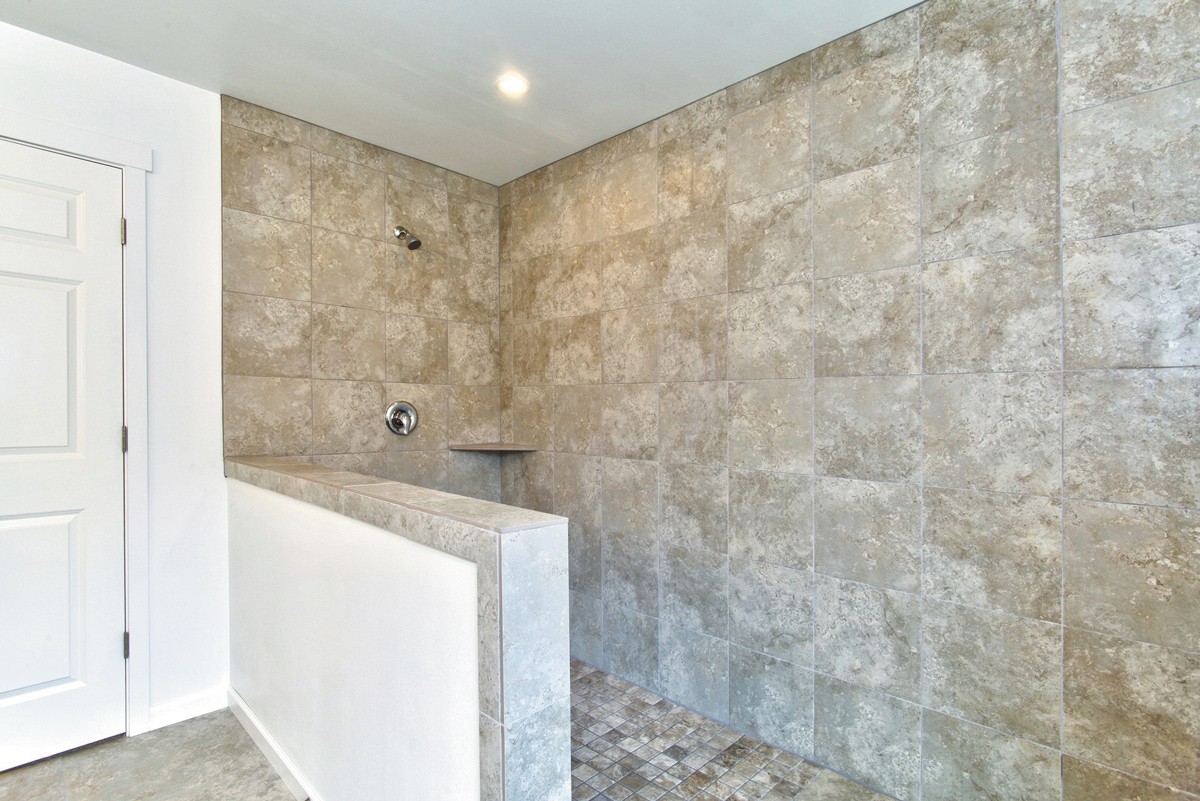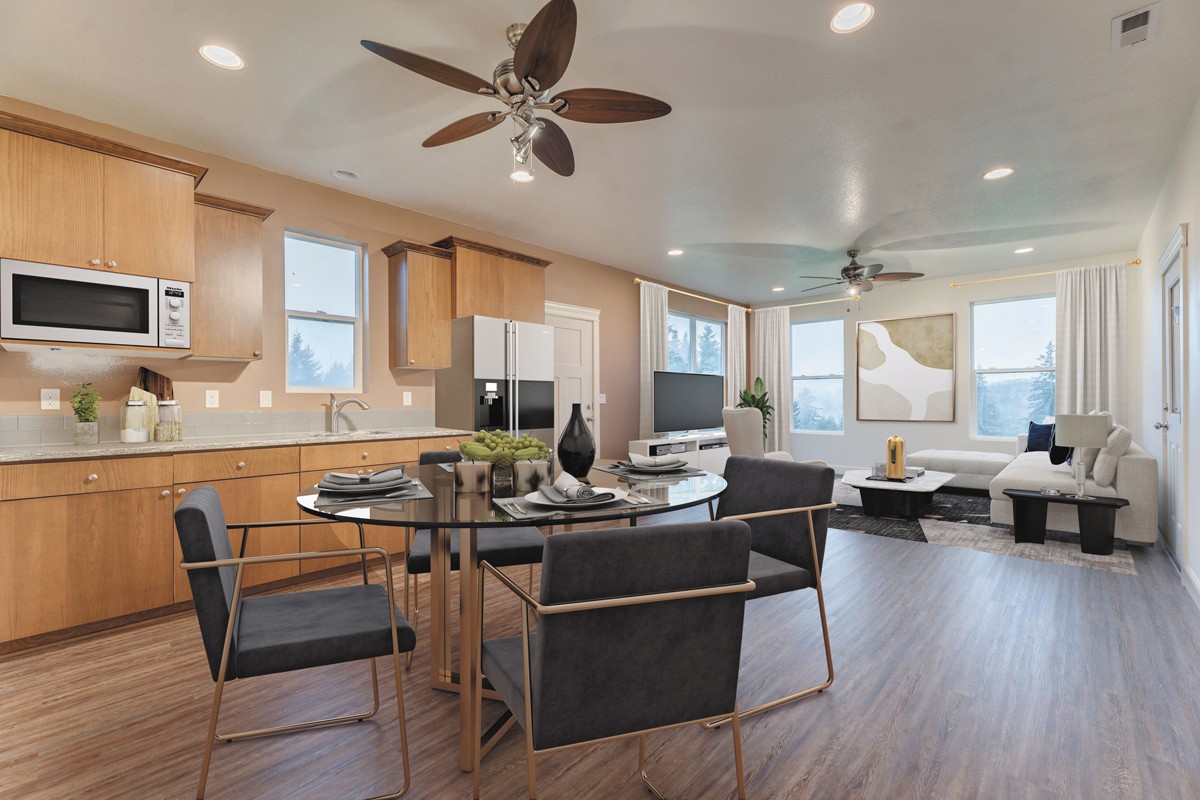Change is one of the few constants in life. Some changes result in delightful upheaval — such as the birth of a new baby — while some are not exactly welcome — such as many of the changes that often come with aging, including a decrease in mobility or the loss of acuity in hearing and vision.
The places we call home should ideally be able to flex with changes that are anticipated and, better still, adapt easily when unexpected changes pop up.
Adair Homes is a custom home builder serving Washington, Idaho, Oregon and Arizona with a particular focus on offering accessibility options for their existing floor plans.
The most common options, says marketing manager Kari Montoya, are "grab rails in bathrooms, wider doors to accommodate wheelchairs, roll-in showers, benches in showers, comfort-height toilet, and more customized features, such as a pull-out cutting board at wheelchair-height to make food preparation more accessible."

Another option is the addition of a separate, self-contained space — their 512 suite — such as for a live-in caregiver. This includes a 13-by-10-foot bedroom, a full bathroom, and a 15-by-10-foot living area with a kitchenette and space for a stackable washer and dryer.
"Many of our customers who are looking for accessibility are building their retirement homes, with aging-in-place in mind," Montoya says. "We also have a lot of customers with multigenerational living situations, who need a 'together but separate' floor plan to make it easy to care for an aging relative."
Still, the number of customers utilizing these features is a small portion of their overall business, Montoya says. In fact, from November 2015 to present, less than 2 percent of Spokane-area customers wanted accessible features in their homes, which is on par with the state average, she says.

By contrast, Access Home founder Jim Prophet is so busy he doesn't need to advertise.
His 14-year-old company specializes in retrofitting many of the accessibility features Adair offers to its customers up front.
A typical scenario, says Prophet, is that someone has a stroke or falls, enters the hospital, recovers, and goes to a rehab facility.
"They cannot be released to the home until they have certain criteria met," says Prophet, who often works with a family member or case manager to facilitate home modifications, including adding a ramp or widening doors.
Rarely does he get someone proactively modifying their home, Prophet says.
"Emotionally people do not want to admit that they need help. They don't want to admit that their health is ailing."
Dealing with changing needs can also involve more than just physical adaptations.
Located in Spokane's South Perry district, Spokane's Haystack Heights is a 39-unit co-housing community that features wheelchair accessible living, including a switchback ramp to the large common building and funding set aside to install chair lifts for multistory units, according to resident Susan Virnig, who's also one of several co-founders.
But in addition to the structural accommodations for people with various physical limitations, says Virnig, there are cultural adaptations that can be just as, if not more, important.
Intergenerational living is a hallmark at Haystack, which is similar to many other co-housing communities where residents own their units, but also agree and even welcome the opportunity to collaborate and share resources, like the communal garden.
Virnig relays stories about how Haystack community members help each other out, such as an older person taking care of an infant for a young working family and one of the adults from that same family climbing up on a ladder to install something for an elder.
It's an approach that fosters a web of connectivity based on strengths and abilities, versus weaknesses or disabilities. Aging-in-place and assistance for the younger generation can all occur because help is only as far as your neighbor.
"This is actually a return to a kind of village atmosphere that we grew up with," Virnig says.



